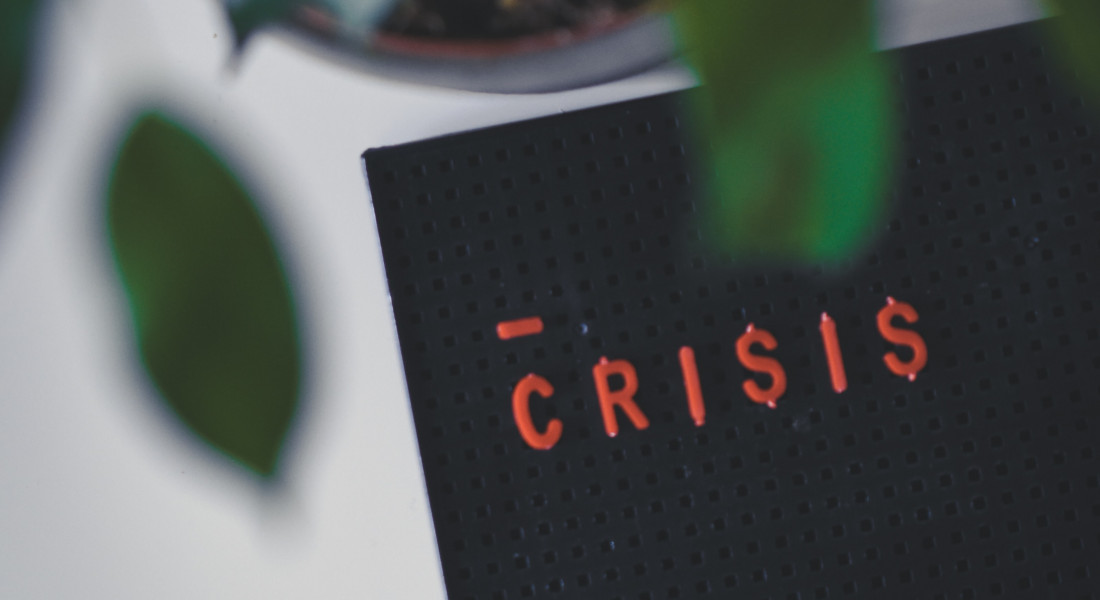Crisis mode on – How to create resilient structures?

Companies are in permanent crisis mode: the corona pandemic and currently the Ukraine war are shaking the foundations of the economy. Companies are facing massive price increases – energy and material availability are becoming decisive market factors. Under these uncertain and volatile conditions, it is all the more important to build resilient structures!
But what does resilience mean for the company in concrete terms?
Resilient companies remain capable of acting even in crisis situations. They have recognised the relevant risk factors in good time and have created resilient structures and processes in order to sustainably secure the resources necessary for their business. Resilience should therefore not only be understood as agile adaptability, but must also be associated with robustness. Only in this way can unexpected disruptions and shocks be absorbed.
This is exactly where we come in with our resilience check. Together with you and your team, we quickly identify the main risks that threaten your resources. A detailed assessment is only carried out if there is relevance. Through this assessment step, we ensure quick results despite the high complexity and diversity. The assessment is also always based on four different risk categories. In this way, dependencies can be clearly distinguished from one another and interdependencies can be shown.
On this basis, a systematic derivation and evaluation of alternative courses of action takes place, in which we are guided by clear strategies for action. This is intended not only to uncover all possible scope, but also to trigger new ways of thinking. The result: clear countermeasures for effective containment of resource risks – with clear prioritisation and individually tailored. Strengthen the resilience of your company with us!
The Resilience Check
On the assessment of relevance to risk analysis: We focus on the main factors that threaten resources. The assessment based on the four risk categories makes it possible to identify interdependencies. Based on the results, countermeasures are systematically derived.